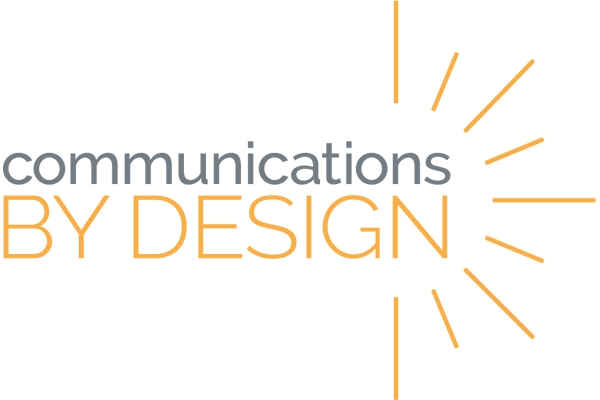
In the midst of a busy school day, reflection can seem trivial and unproductive. There’s so much to do, and when one lesson wraps up, we are on to the next! However, reflecting on past experiences is a necessary component of learning and growth.
Metacognition, or the process of thinking about one’s own learning, helps students connect their thoughts, behaviors, and beliefs to their learning outcomes. This awareness of how to learn helps students self-assess and employ the most effective strategies.
Here’s a highly adaptable strategy that can help students and adults reflect on a specific experience in order to make progress:
What? So What? Now What?
What? So What? Now What? Is a critical reflection strategy developed by educator Terry Borton in the 1970s.
Using this three-stage model, you (or your students) will make connections between what happened, what they learned, and how that can be applied to future decisions.
Preparation
Try this at the end of a class project or after a specific experience or event. Formats could include small group discussions, individual conferences, or written reflections.
Reflection 1: “What?”
Here, students will replay the event or experience, objectively recalling what happened without applying judgment. Questions to consider include: What happened? What did you observe? What was your role? How did you react?
Reflection 2: “So what?”
Here, students will reflect on the experience in more depth.
- How did my thoughts, actions, and beliefs influence the outcome?
- What new problems or opportunities did it create?
- Why does this matter?
Reflection 3: “Now what?”
Finally, students will apply what they’ve learned to future actions and focus on specific thoughts and behaviors to use in the future.
- What should you start, stop, and continue doing?
- What’s the next step?
Adaptations
This is an excellent tool to use with students as well as adults. With younger children, you may want to scaffold with simplified questions and sentence stems, for example:
- What I did:
- What I learned:
- What I will do next time:
Learn more
Learn more metacognition and reflection strategies while building your own project-based learning unit at PBL Academy. Learn more here.


